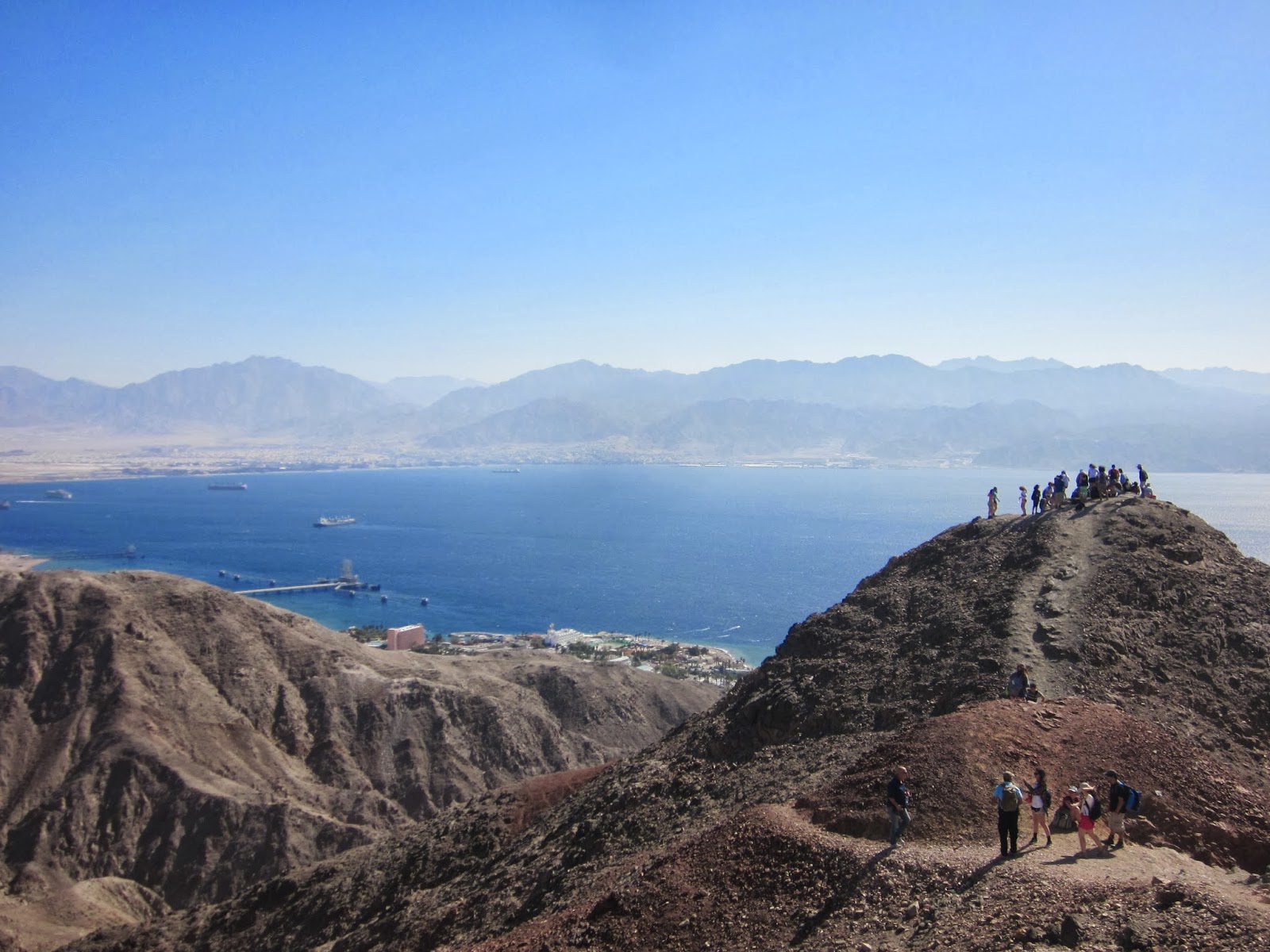Before the Holocaust, the Jewish people lived either in big cities or schtettels. The Jews in the cities were assimilated to modern culture and civilization while the ones that lived in small villages in the country were less assimilated. We visited a town called Tikocin located between the cities of Warsaw and Lublin. This town was a mostly Jewish populated schtettel before WWII. The town is located near a river, giving the people not only water, but also access to trade. There was a huge synagogue located in the center of town where all the people could easily come to pray. There was also a cemetery located on the outskirts of the schtettel. It was well preserved before the Holocaust, yet after there was nobody who's job it was to maintain it. Throughout the schtettel there was significant evidence that there was once a thriving Jewish community there.
Despite all of this joy and prosperity in the little towns of Poland, when WWII broke out, things began to go downhill fast for the Jews. When the Germans attacked the USSR (Operation Barbarossa), they gained all the territory in Poland that the USSR had owned. This included the town of Tikocin including all the forest areas that surrounded it. In these forests we heard the stories of the survivors of the Tikocin mass murder. The people of Tikocin were forced to leave their homes (either on Nazi trucks or running behind the trucks) until they reached a forest where they were forced to undress and wait for their turn to come where they were going to be shot to death. A mother holding her three children had to watch her father, mother, husband, and all three of her children die before her eyes before she was shot. She happened to be the only survivor of Tikocin because her will to get out of the pit of dead bodies was tremendous. She struggled through pain and through guilt and managed to get herself out of the pit of bodies. Through all of her struggles we see that even in a time of great despair and tragedy there is always something to be happy about.
Although the forests of Tikocin represent death to the people of Tikocin, they can also represent life. People hid in these forests to avoid being captured by the Nazis. On the bus we watched a movie called Defiance. In this movie, some Jews of Belarus hid in the forests for years planning a revolt against the Nazis while staying hidden and keeping themselves safe. They were able to feed hundreds of people at a time by finding people that would help them in the nearby towns and splitting all portions equally. Sitting in the forest for years, getting information from Belarus citizens on what is rumoured the Nazis are doing helped the people plan an organized attack that helped stop the Nazis from stepping any further in Belarus and conquering more land.
No matter how much death and tragedy comes along with talking about the Holocaust, there is always some life and rebellion that comes with it. A famous saying is that the Jewish people went to their deaths like "sheep to the slaughter". From an uneducated perspective of the Holocaust I would agree, but after visiting Poland I came back with a different opinion. All Jews fought during the Holocaust. Fighting for what you believe in doesn't necessarily have to be with weapons and violence. The people who walked to their deaths fought the Nazis by showing that no matter what the Nazis threatened them with, they couldn't break their spirits and make them forget about their religious values. They walked to their deaths with pride in what they believed in and for those that fought physically, that was just a bonus.




















